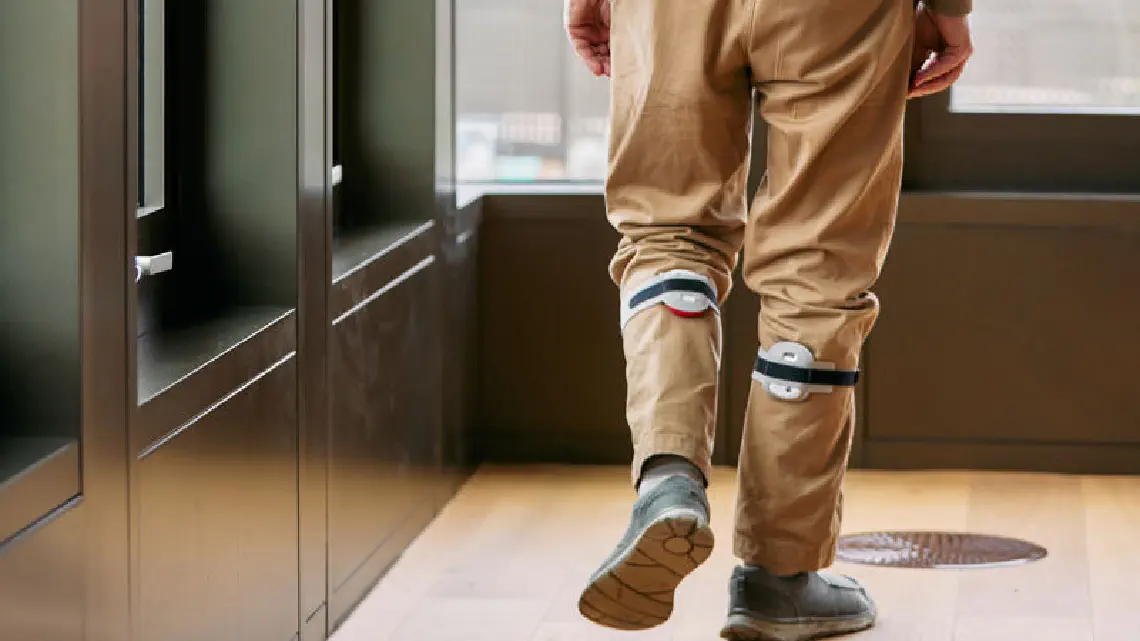All you need to know about cueing and how gaitQ® is dedicated to improving the freezing of gait
Picture yourself walking on the pavement, and suddenly you find that your legs are stuck to the ground, and you are unable to move forward. This phenomenon is known as ‘Freezing of gait’, and it is a common experience for a subset of the 10 million people suffering from Parkinson’s disease at the advanced stages of their illness. Unfortunately, this motor symptom is challenging to treat, even with medication.
Walking is a movement pattern controlled by oscillators in the spinal cord, known as central pattern generators, which the higher brain centres control. Studies have shown that providing rhythmic cues at an appropriate rate can help reduce symptoms associated with walking difficulties. Moreover, cueing can also improve reaction time and specific gait characteristics such as stride length and frequency. Rhythmic cues can be provided through visual aids, such as lines on the ground, auditory metronomes, or tactile stimulation. Wearable devices are a convenient way to provide these cues and improve walking ability.
However, cueing must be provided at an appropriate personalized rate at suitable times. Dr Midhun Unni, VP of Technology at gaitQ®, said: “At gaitQ®, my work helps compute some of the gait characteristics in real-time to make cueing more personalized and practical. Signal processing and wavelet transforms play a key role here.”
- Nieuwboer, Alice. “Cueing effects in Parkinson’s disease: Benefits and drawbacks.” Annals of Physical and Rehabilitation Medicine 58 (2015): e70-e71.
- Velik, Rosemarie, et al. “The effect of visual cues on the number and duration of freezing episodes in Parkinson’s patients.” 2012 Annual International Conference of the IEEE Engineering in Medicine and Biology Society. IEEE, 2012.
- Stuart, Samuel, and Martina Mancini. “Prefrontal cortical activation with open and closed-loop tactile cueing when walking and turning in Parkinson disease: A pilot study.” Journal of Neurologic Physical Therapy 44.2 (2020): 121-131.
- van Wegen, Erwin, et al. “The effect of rhythmic somatosensory cueing on gait in patients with Parkinson’s disease.” Journal of the neurological sciences 248.1-2 (2006): 210-214.
- Parkinson’s Foundation
